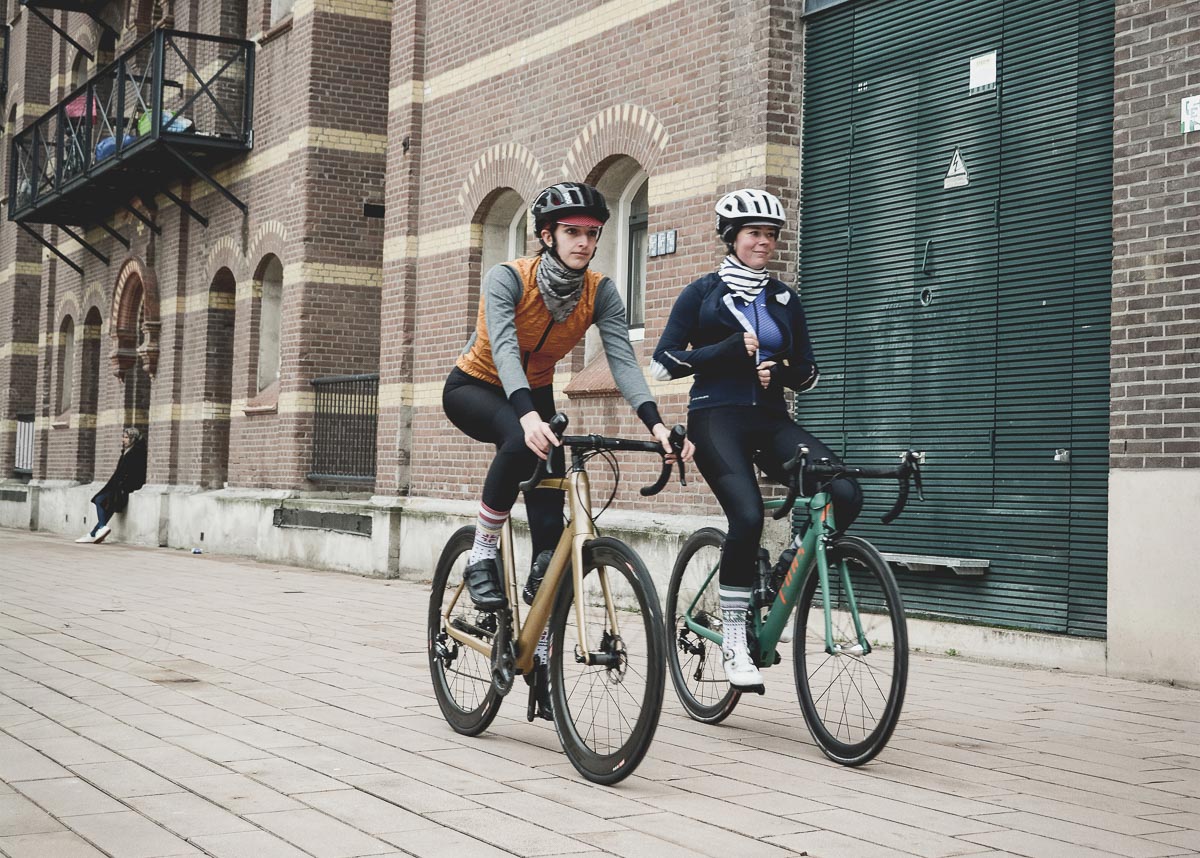When a street's design is diversified to include protected bike lanes, the safety of both drivers and bikers increases, according to a new study published in the Journal of Transport and Health.
Wesley Marshall of the University of Colorado, Denver and Nicholas Ferenchak of the University of New Mexico analyzed 13 years of crash and street-design data from 12 American metropolises, including Austin, Dallas and Houston. The data was pulled from the American Community Survey, Alliance for Biking and Walking Benchmarking Report and Fatality Analysis Reporting System and included 17,000 fatalities and 77,000 severe injuries between 2000 and 2012.
"The seriousness of this issue, combined with the fact that progress in this area remains slow, suggests a need for a fundamentally different approach," Marshall writes in the paper. "This paper attempts to accomplish this via a comprehensive look at what may be influencing road safety outcomes."
With the data, the researchers tested three hypotheses:
- Do larger shares of bike riders make drivers more careful around bikes? Essentially the "safety in numbers" theory.
- Do differences in a city's socioeconomic and demographic composition, such as fewer children and elderly people or more affluent residents, lower the risk of fatalities?
- Do street design elements, such as intersections with stopping features, slower speeds or protected bike lanes, slow down drivers and prevent crashes from happening?
The researchers found "safety in numbers" had a small statistical link to fatality rates, but did link to higher rates of severe injury. Socioeconomic and demographic composition played a role. Where there are more white and affluent residents, there was less death and severe injuries from collisions.
When it comes to street design elements, separate and protected bike lanes were the strongest indicator of lower fatality and injury rates. While painted, separate bike lanes were included, the design features that helped both cyclists and drivers the most were protected lanes fortified with stanchions, planers and other barrier-like protection between cars and cyclists.
On Thursday Texas transportation officials set a goal of reducing roadway deaths in Texas by half in 2035 and to zero by 2050 but have yet to define exactly how they plan on reducing deaths on America's deadliest highway system. Furthermore, Houston is the among the 40 worst cities in America to drive in, with Dallas ranked as 16 and Austin as 25, according to an Allstate analysis.
"Those looking towards trying to fulfill the promise of Vision Zero, and the goal of zero fatalities or serious injuries on the roads — as opposed to the business-as-usual, whack-a-mole approach to road safety — are in need of evidence-based research," Marshall writes. "This paper helps fulfill this need and can inform cities in their effort toward a safer and healthier transportation system."

